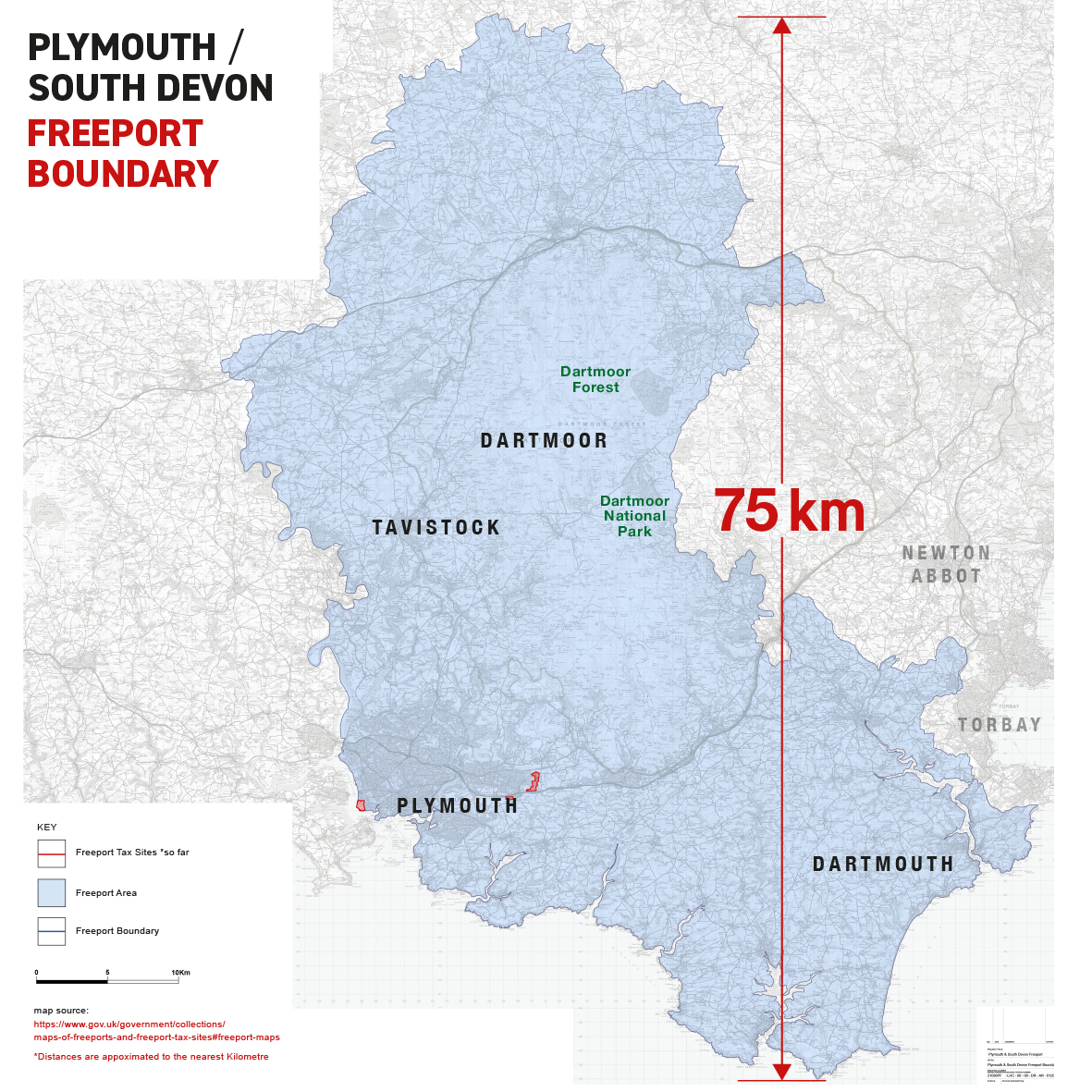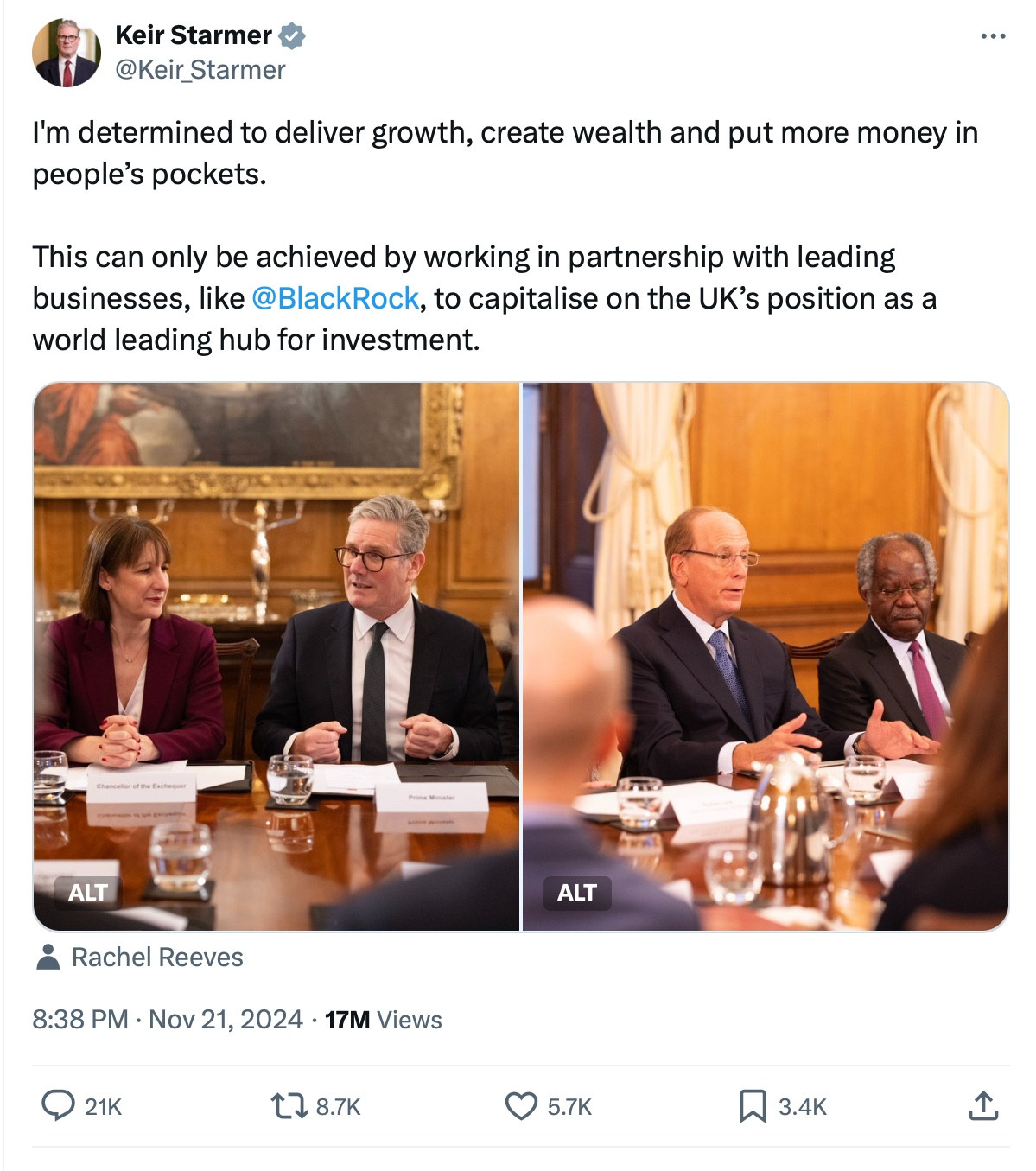Some plays tell you where you are. Others wait for you to notice.
Playwright Eric Bogosian’s Humpty Dumpty, now playing a limited run at the Chain Theatre (through May 3), has already garnered praise for its prescience. Nerdist’s Rotem Rusak aptly described the play as a reflection of pandemic isolation, with its aching portrayal of disconnection and unexpected transformation. That resonance is real in the COVID era. And there’s a deeper frequency humming underneath this production. It’s quieter. Stranger. And possibly more intentional than we’ve allowed ourselves to admit.
Because Humpty Dumpty doesn’t just remind us of 2020.
It slowly reveals that we never left.
Humpty Dumpty: a play for post-pandemic times
Set in the year 2000 and originally penned around that same time, Humpty Dumpty follows four friends – all creatives or creative-adjacent – who escape to a ski cabin in upstate New York. Then the blackout comes. The grid collapses. What was meant to be a retreat becomes something more brutal: a confrontation with the self, without structure.
Under Ella Jane New’s direction, the play evolves – or mutates – into the uncanny entropy of dawning awareness. It’s not just about the past. It’s about what is still happening in the present beneath our collective attempts to move on, socially, psychologically, even biologically.
Perhaps this is why the play’s simmering resonance with the Covid-19 pandemic in the present tense, feels less like prophecy, and more like extrapolation from an author with intimate knowledge of the hydrodynamics of collapse.
In physical oceanography, as in epidemiology, and geopolitics, waves aren’t random, nor are they discrete events: they’re the visible shape of energy moving through water. One wave doesn’t end where the next begins; it’s all the same fluid body, disturbed in rhythm.
Midway through the set, energy accumulates. Then comes the outlier. Often, it’s the seventh. Not always, but frequently enough that it became folklore among surfers and sailors alike.
The seventh is the big one.
The seventh is the one that breaks.
That’s what Humpty Dumpty captures: the illusion that crisis comes in singular shocks, when in fact we’re always inside the churn. There’s no clear beginning or end. Just pressure. Recurrence. And the slow recognition that we’re still treading water and dry land isn’t in sight.
Y2K’s echo: crises didn’t go away, they’ve only mutated
This is Y2K’s echo in Humpty Dumpty in 2025, the wave that failed to crest has inevitably been succeeded by a monster one.
The year 2000 arrived at a time when the world’s dominant political and public health crises seemed, if not solved, then contained. It marked five years since the arrival of protease inhibitors in the fight against HIV/AIDS. Nine years since the fall of the Soviet Union. The Cold War was “over”. HIV had become “manageable”. The future was open again. And yet HIV continues to devastate poorer countries, and the Soviet Union seems not to have ended so much as mutated.
When Y2K failed to materialise as civilizational collapse, anyone who still felt the ghosts of the Cold War and the AIDS crisis in their nervous system must have wondered: when will the shoe finally drop?
The play finds itself staged in 2025 New York at the epicenter of a real-time collapse in public health and civil society.
The COVID crisis and Humpy Dumpty
According to the Economist, the SARS-CoV-2 pandemic has claimed more than 26 million lives and, according to the WHO, an estimated 1 in 20 people worldwide now suffer from long Covid.
Rather than mounting a coordinated response, the authorities are signaling that it’s all smooth sailing while cutting loose the life boats: eviscerating healthcare and Covid research funding, disappearing public health data, and introducing measures like mask bans, nominally for ‘public order’, but which also coincide with the installation of a mass surveillance apparatus including biometric facial recognition. And underneath it, a simmering horror that something below the surface is off. That the internal reference point that would normally stabilise the external chaos is somehow…off.
This is the backdrop into which Eric Bogosian’s Humpty Dumpty has reemerged. And in this luminous, unsettling revival, it becomes clear: this was never just a play about Y2K. It was a warning to the future about the recurrence of collapse. It’s mathematical precision. And now, leaving the original script largely intact, this Chain Theatre production plays like the clearest portrait of the post-Covid body-mind we’ve seen onstage yet.
Adapting to new forms of disorder
The blackout in Humpty Dumpty kicks off a series of quiet transformations among the characters – shifts that, at first glance, might read as redemptive.
Max (Kirk Gostkowski), who’d long since stopped writing, picked up his pen again. Nicole (Christina Elise Perry), brittle and disoriented in the dark, begins to loosen – allowing new relationships, like her connection with Nat (Brandon Hughes), to reshape her sense of control. Spoon (Marie Dinolan) finds space to drop the social role she’s been shoved into. Even Troy (Gabriel Rysdahl), who is mostly unchanged, functions as a kind of baseline, a measure against which the others’ evolutions can be felt.
But the closer you watch, the less these arcs feel like recovery. What passes for healing is often an uneasy settling around malfunction.
Max, with his poetic mourning of the night and rediscovery of his writing – has he grown or yielded to a private kind of looping? His creativity resurfaces, but it’s solipsism: insular, obsessive, unshared? Nicole, who at first seems to soften, may not so much have transformed as retracted into a more manageable version of herself, loosening her grip only after her previous sense of control has collapsed completely. Her friendship with Nat provides comfort, but does it restore her, or give shape to her disorientation? Spoon’s quiet emergence is framed as a kind of self-reclamation. And at the same time does her stillness also simmer with dissociation, less shedding labels than a ghost of what came before?
What looks like adaptation at second glance is actually accommodation to new terms of disorder. The lights go out. Something rewires. And by the end, no one is quite who they were, not because they’ve evolved, but because the breakdown has settled in.
Where Covid and the crisis in performing arts collide
Eric Bogosian’s Humpty Dumpty never says ‘COVID’ outright. It doesn’t have to. It is one of the rare pandemic-era plays that never names the pandemic but registers its impact with clinical precision. When the audience gasped at a character’s offhand line – “But that could never happen now,” referencing the Spanish flu -it wasn’t from surprise. It was recognition. We’ve lived that moment. We’re still in it.
Outside the world of Humpty Dumpty, these same shifts are happening in plain sight, and not just in hospitals, but in the theatre community. Last weekend, during the Broadway opening of George Clooney’s Good Night, and Good Luck at the Winter Garden Theater, these same themes of public health, politics, and performance collided in real-time.
A group of Covid-impacted New York artists staged a ‘Mask for Pleasure’ walk through the theatre district, handing out KN95 masks masks and flyers that spoke directly to the virus’s lingering effects on the performing arts. Their message was urgent: Covid is a multi-system illness that’s quietly ending careers for performers and dampening enjoyment of theatres for audiences.
Their informational flyer detailed how Covid’s long-term neurological effects can generate anhedonia, anxiety, depression, irritability and even aggression on a hardware level. If artists are noticing these trends in theatre, how might they be playing out in society, in politics?
Humpty Dumpty: a cautionary tale about collapse
For Eric Bogosian, whose body of work has always traced the emotional, structural, and political fault lines beneath the performance of Americanness with searing sincerity, this restaging doesn’t read as mere foresight. It feels like something stranger: a signal broadcast simultaneously behind, beyond – and within – the wave of collapse. This isn’t so much on-brand for Eric Bogosian as a culmination: a playwright who has written about collapse and now collapse writes through him.
The blackout never fully lifts. The characters shift, but the audience is left uncertain whether this is growth or a temporary (and unstable) accommodation to malfunction. There’s a strange serenity to the ending – almost hopeful – and it lands with the weight of dramatic irony twice removed: the calm of people who believe they’ve survived something that is, in fact, still happening.
And under New’s direction, there’s no point-scoring, no didacticism. Just a kind of eerie patience, as if the production itself understands what the audience may not have caught up to yet: that the world is reorganising itself around a new kind of human.
One whose fight-or-flight system never fully reset.
One whose memory of stability is now suspect.
It was never just about the past
Eric Bogosian’s play was never just about the past, because the past already contained the physics of the present. It has been tracking the political and epidemiological swell beneath us, calculating the rise of the seventh wave, not as climax, but as convergence. And now, as the surface breaks and the old coordinates vanish, it leaves us with questions, and not just for the characters. For the audience. For the one who writes collapse.
When the ground gives way, when the fixed points inside us blur or go missing – can we still find motion? Can we stop looking for dry land and instead learn to move with the pattern, to attune to the medium itself?
Featured image and additional images supplied
This post was originally published on Canary.

 (@Haggis_UK)
(@Haggis_UK) 
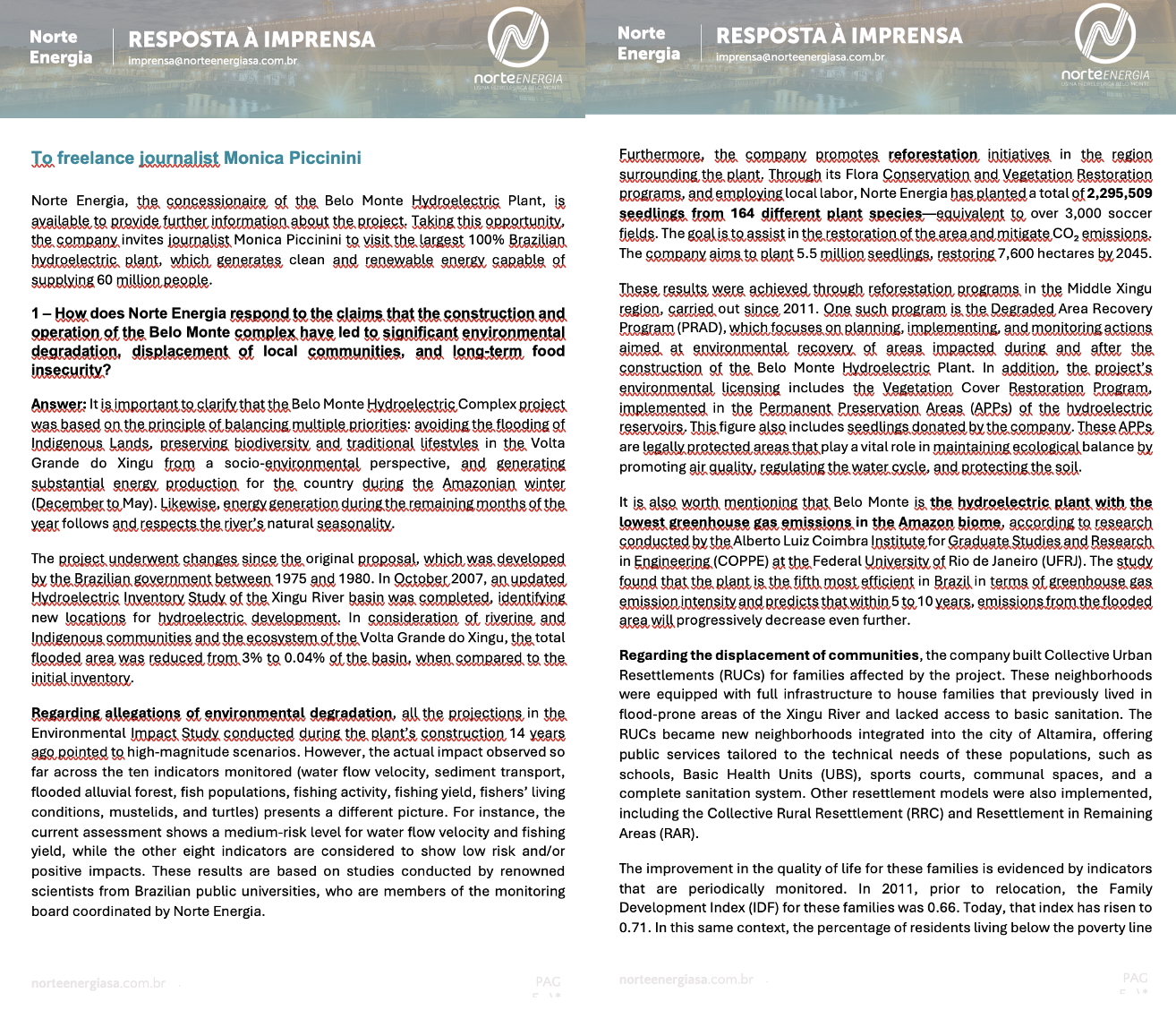
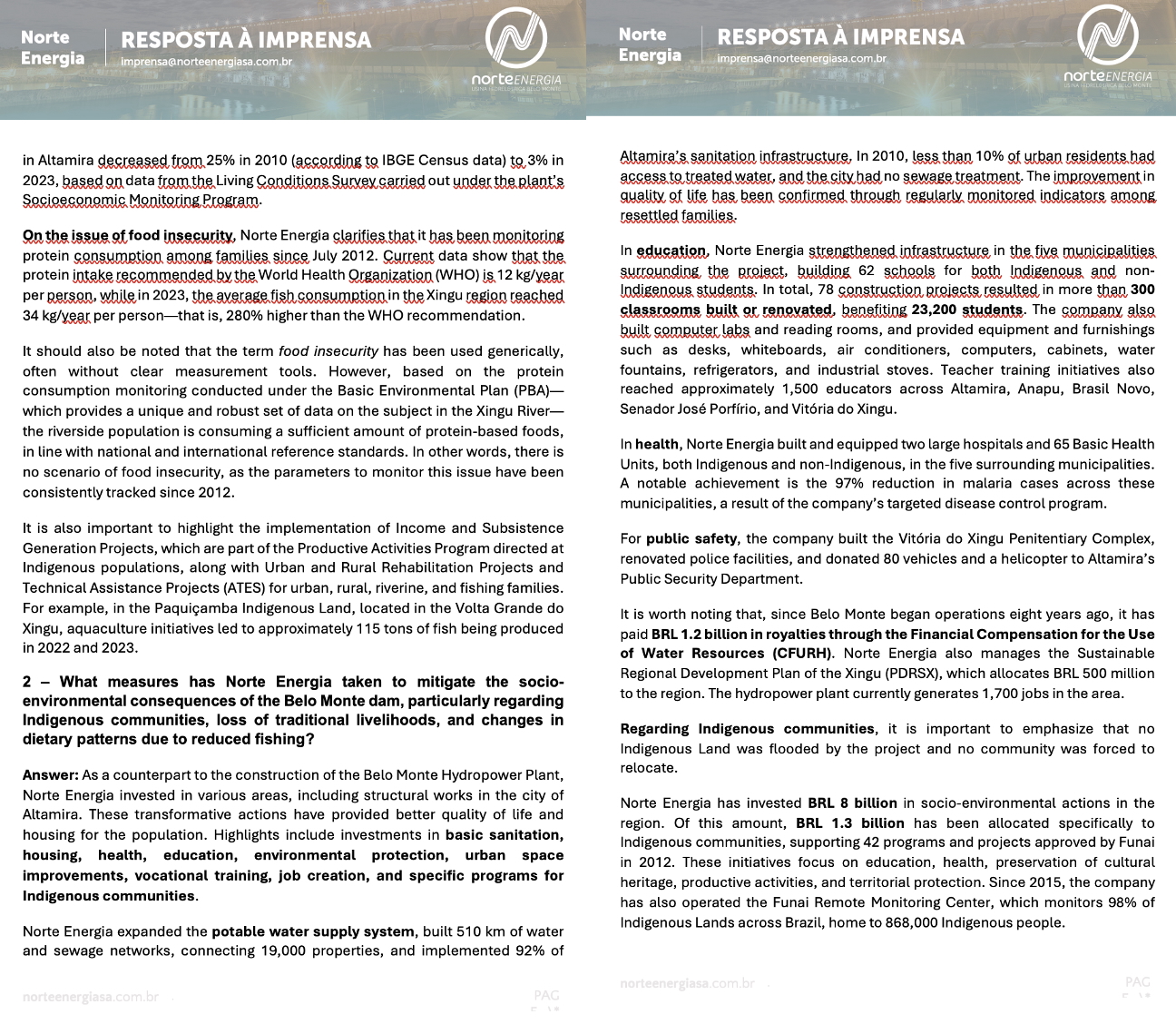
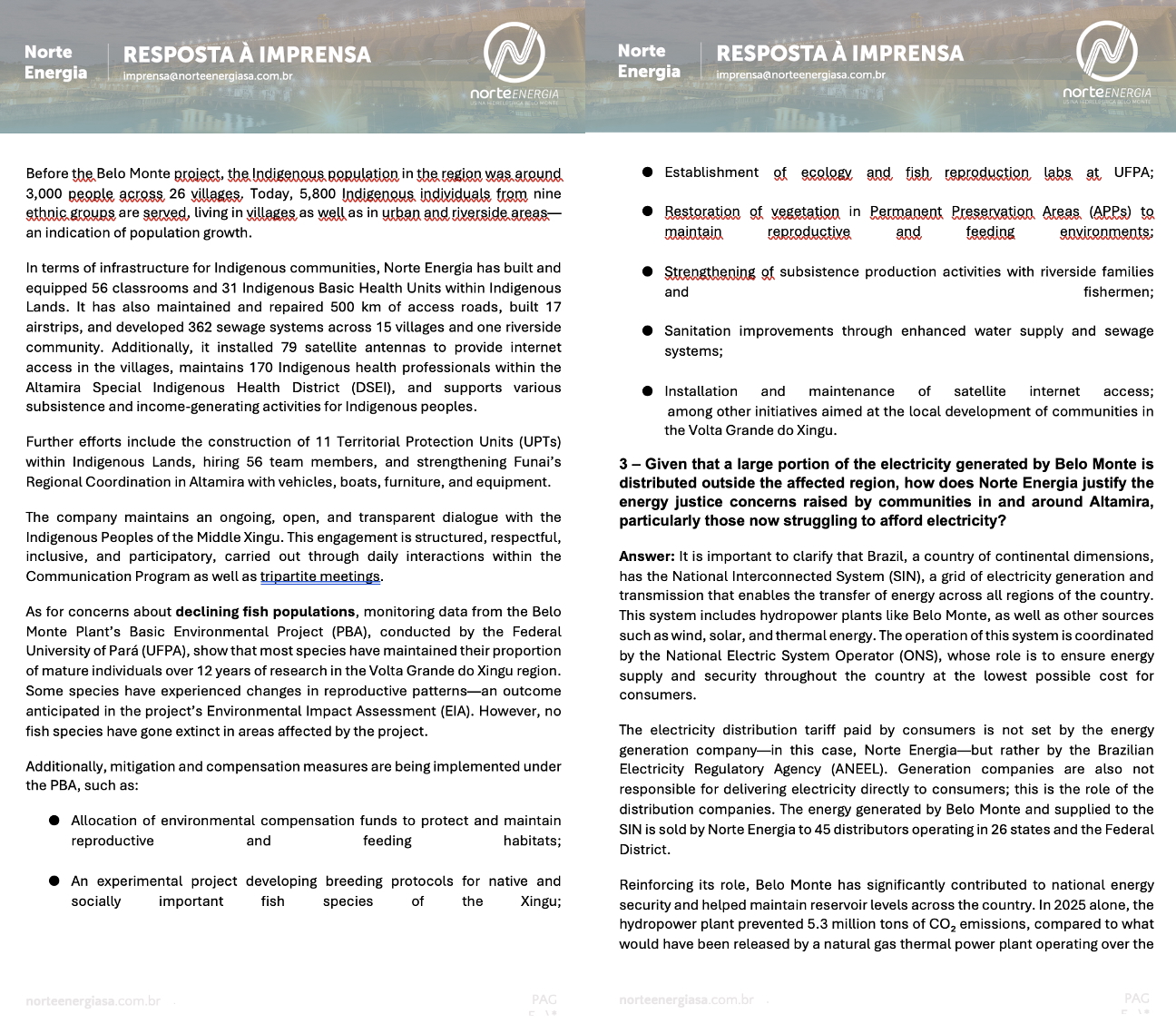
 Journalist Hilmi Faqaawi was KILLED
Journalist Hilmi Faqaawi was KILLED  (@Mayfuel)
(@Mayfuel) 


 (@KerstinKoepl)
(@KerstinKoepl) 
 (@Paleodude123)
(@Paleodude123) 